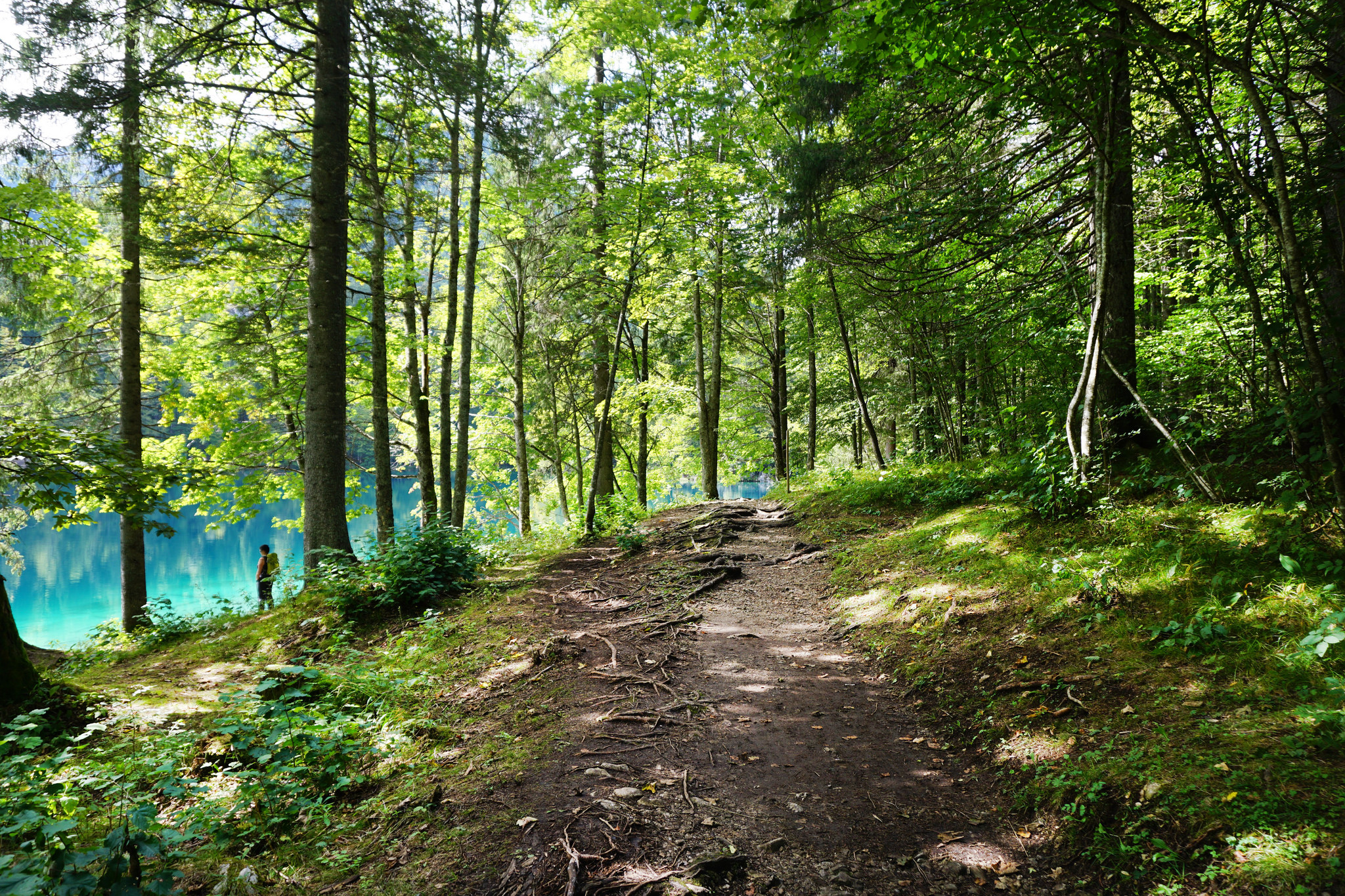Welcome back to Ask a Local, a series of posts in which I interview locals all over the world about what to see, where to go, what to eat, and how to fit in in their city or town.
Today’s interview is for the outdoorsy among us. Want to take at trip to Italy and hike your heart out? Here are two expert hikers – Anna and Isabelle, owners of Dolomite Treks – to answer all your hiking questions for a visit to the boot.
First tell us about you and your business.
We both spent years working for an English walking tour company before deciding to set up our own. One of us (Anna) has a background in tourism, studied languages, and is Dolomite born and bred and the other (Isabelle) works in tourism, teaching, and translation and is a UK-born history graduate.
We specialize in Dolomite walking (hence the name of our company, Dolomite Treks), but we have run walking tours all over Italy and sometimes further afield. We run small group walking tours and often take private groups and we also organize tailor-made, self-guided holidays for individuals and groups in the Dolomites where we both live.
The best thing about walking in Italy is the immense range of walking available—there is everything from vineyard walking to rolling hills and the most dramatic mountains in Europe.
Where are the best places in Italy for a beginner hiker?
There are good marked trails that can be easily combined with good food and wine in Piedmont, particularly around Alba, and also in central Italy in Tuscany, Umbria, and Le Marche.
The Italian lakes are also a great place for walking of every sort with every kind of view imaginable. Beginners should not be put off mountain walking either, as the great thing about Alpine walking is the ski lifts, which can take you to the peaks in summer for a relatively gentle or mainly downhill walk. The Dolomites are obviously great for this, but so is the Valle d’Aosta and, in fact, the whole of the Alpine chain.
Where are the best places in Italy for an advanced hiker?
If lots of ups and downs is what you’re looking for, I would suggest, once again (obviously we are biased!) the Alps, where you can try your hand at the long distance mountain routes called Alte Vie, with altitude gain and loss every day of around 1,000 meters or more.
In the Dolomites, one of the best and most accessible is Alta Via number one, which starts in Braies and ends in Belluno and usually takes 10 – 15 days. I would also recommend Liguria and the Amalfi Coast for demanding coastal walking with spectacular views and pretty towns in the middle. The Cinque Terre is the most famous area in Liguria for international travelers, but there is dramatic walking to be had all over the region.
What are some of the best long treks you can take in Italy?
Well, the most famous long hike is the Via Francigena, which is Italy’s equivalent of the Camino de Santiago, a pilgrim trail that takes you along the whole length of Italy through an enormous range of scenery. The most famous and best-marked sections are in central Italy in Tuscany—from Siena to Florence, for example—and Umbria, but the whole route would take several months. In the mountains, the best long routes are the Alta Vie, which are normally 10 to 14 days long.
What are some of the best short hikes?
There are short hikes everywhere in Italy and all the places we have mentioned so far have beautiful short hikes including the mountains where, as we said earlier, the ski lifts are a big help.
What are your personal favorite places to hike?
Well, we are biased and think that the Dolomite landscape is truly unique! Its spiky profiles and unusual pink colors at sunset and dawn contrasting with the soft contours of its verdant pastures and forests gives it a very different feel from other Alpine areas. We are also huge fans of walking in Liguria, the Italian Lakes (particularly Lake Garda), Tuscany, Umbria, the Amalfi coast, Sardinia for wild walking, and Sicily for food, wine, and history.
Is there anything visitors should know about hiking or trekking in Italy?
Walking in Italy is totally straightforward in this respect, as long as you do not touch any crops at all or damage fences or gates. Of course, if you come across a locked gate or high fence, it is clear that the owner does not want you to enter his or her land and you should respect this.
Find Anna and Isabelle at www.dolomitetreks.com.
